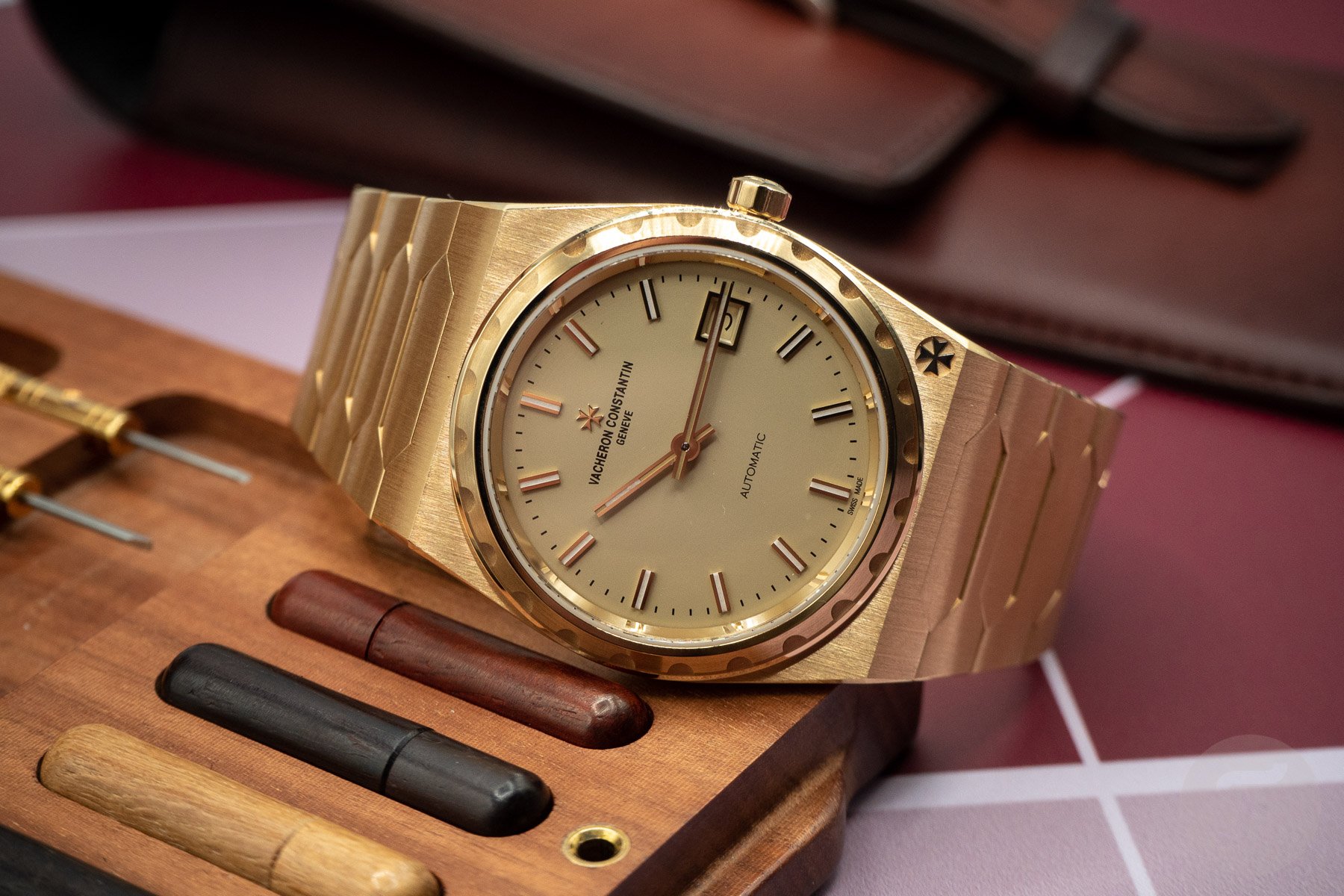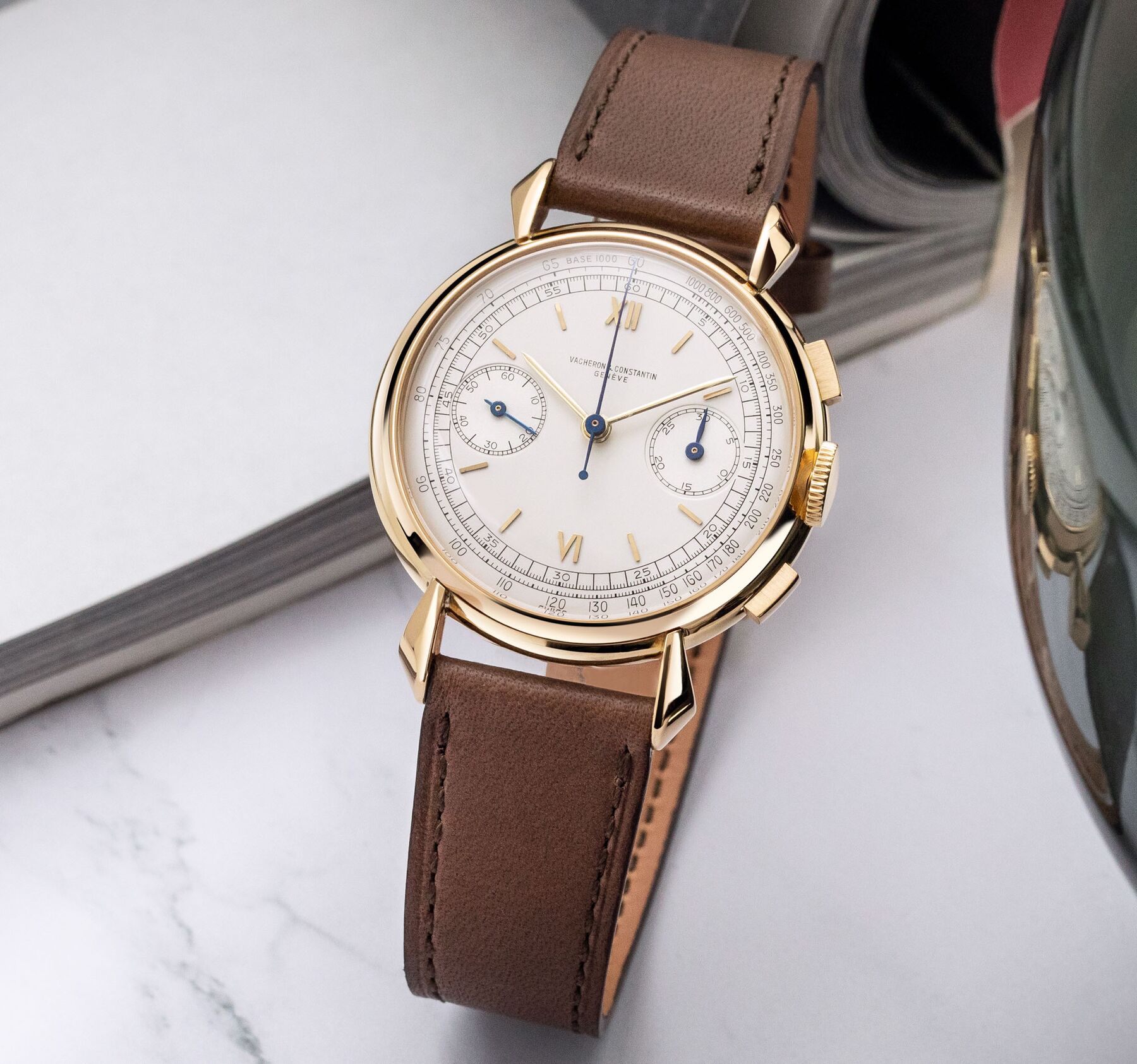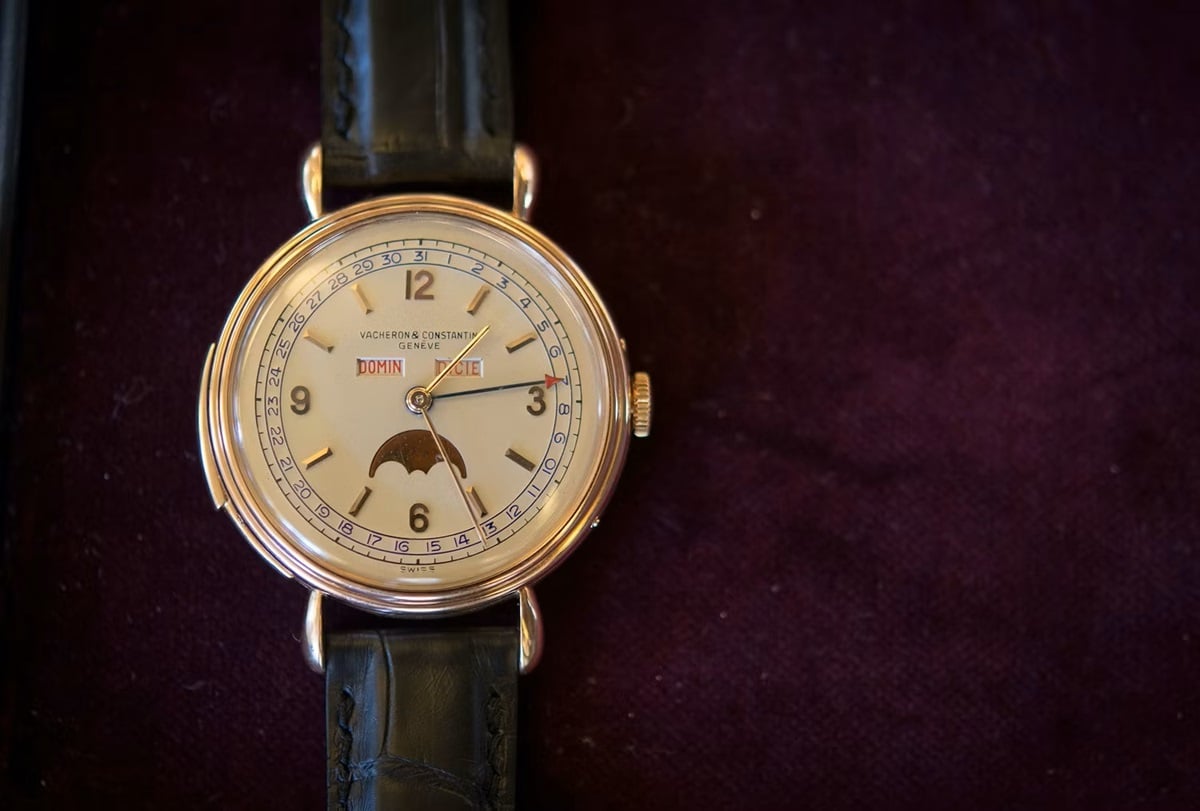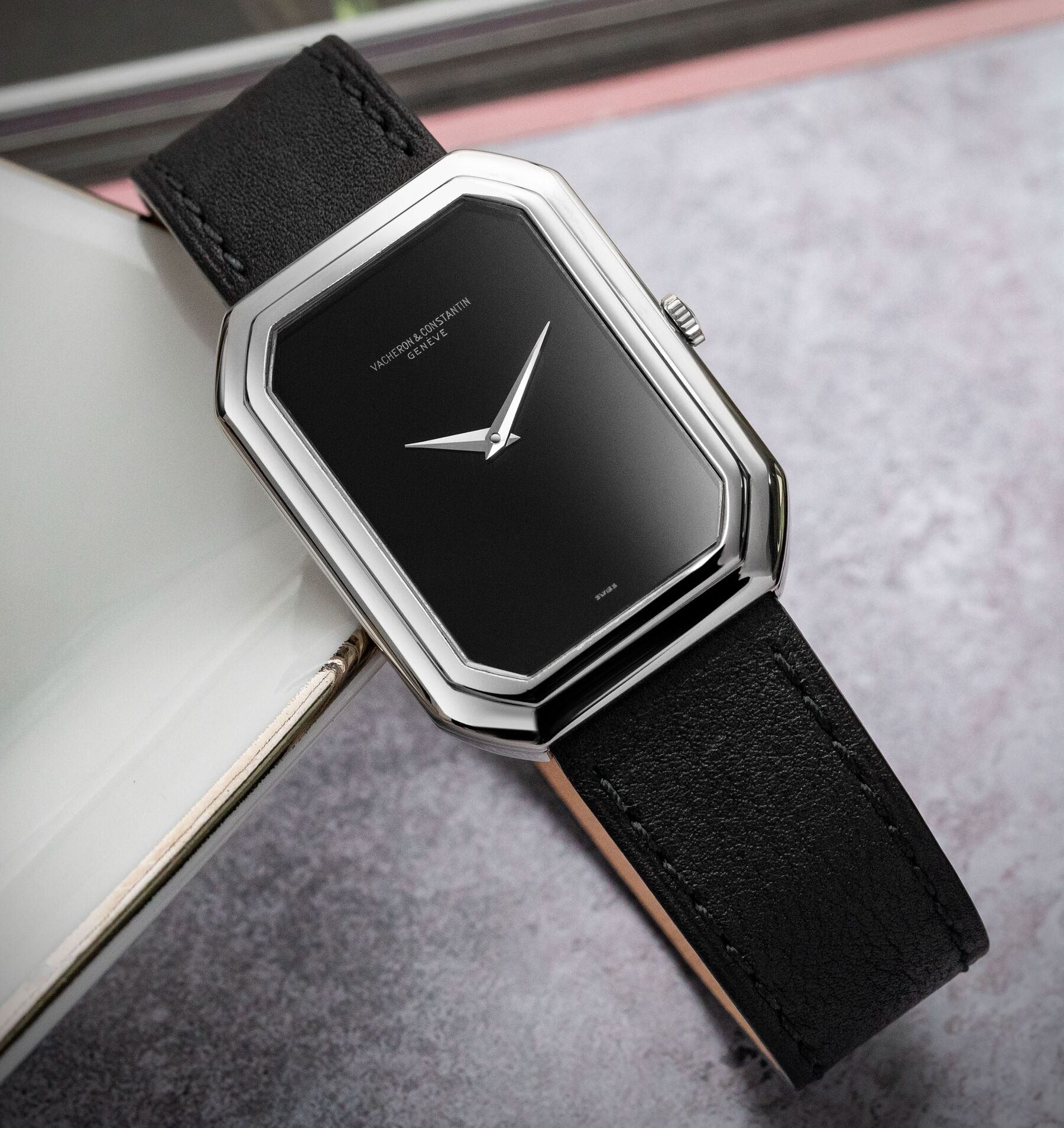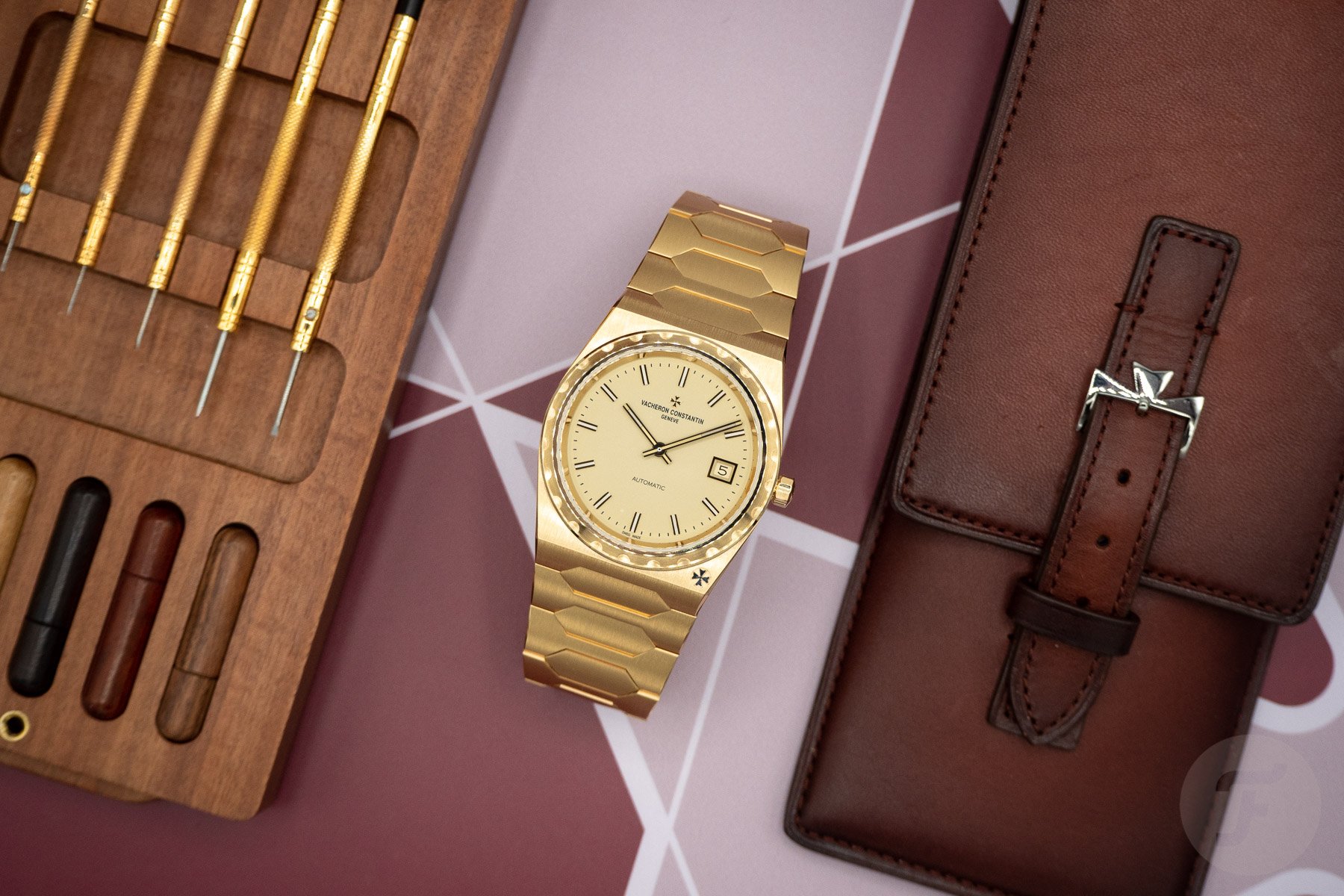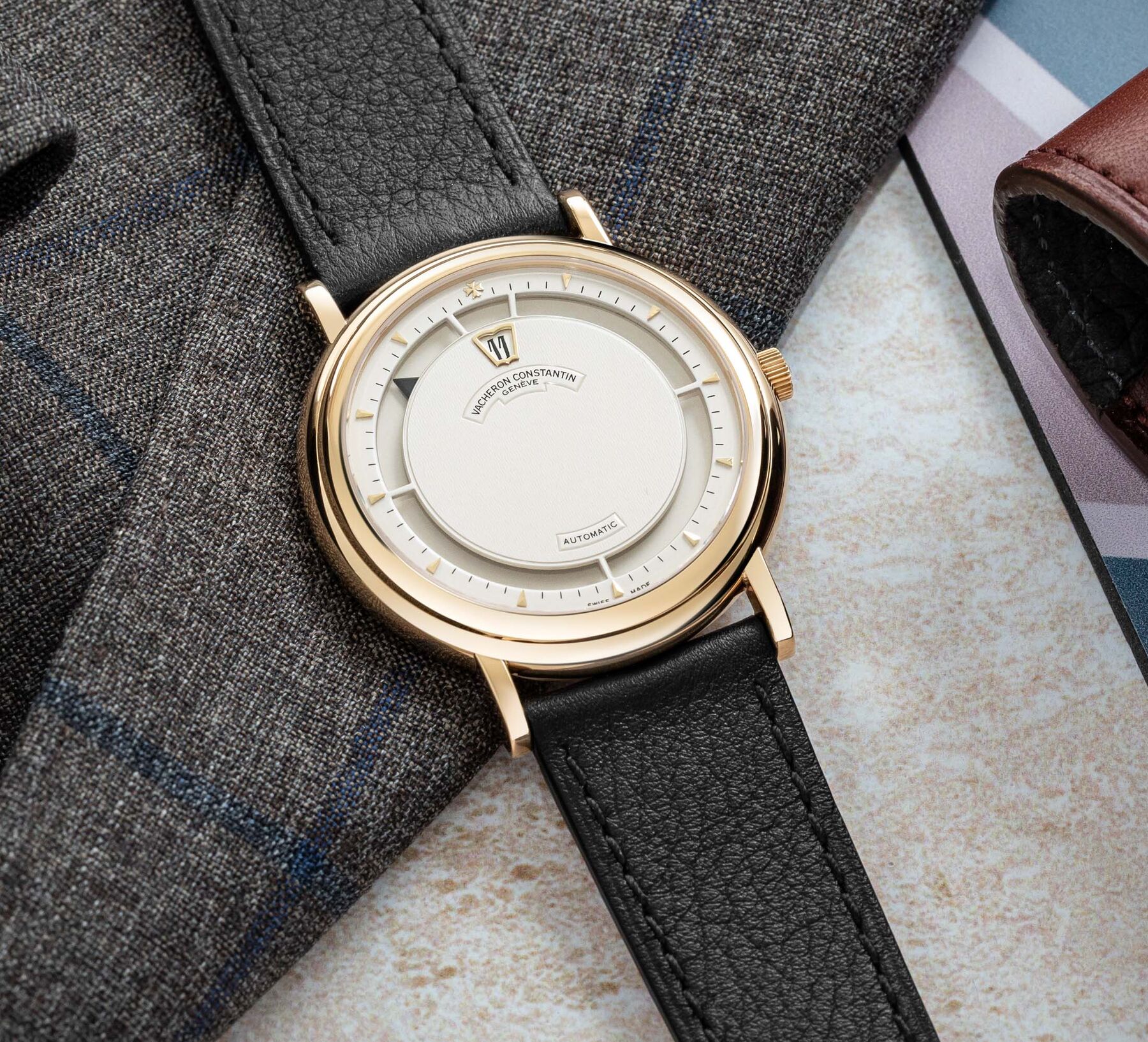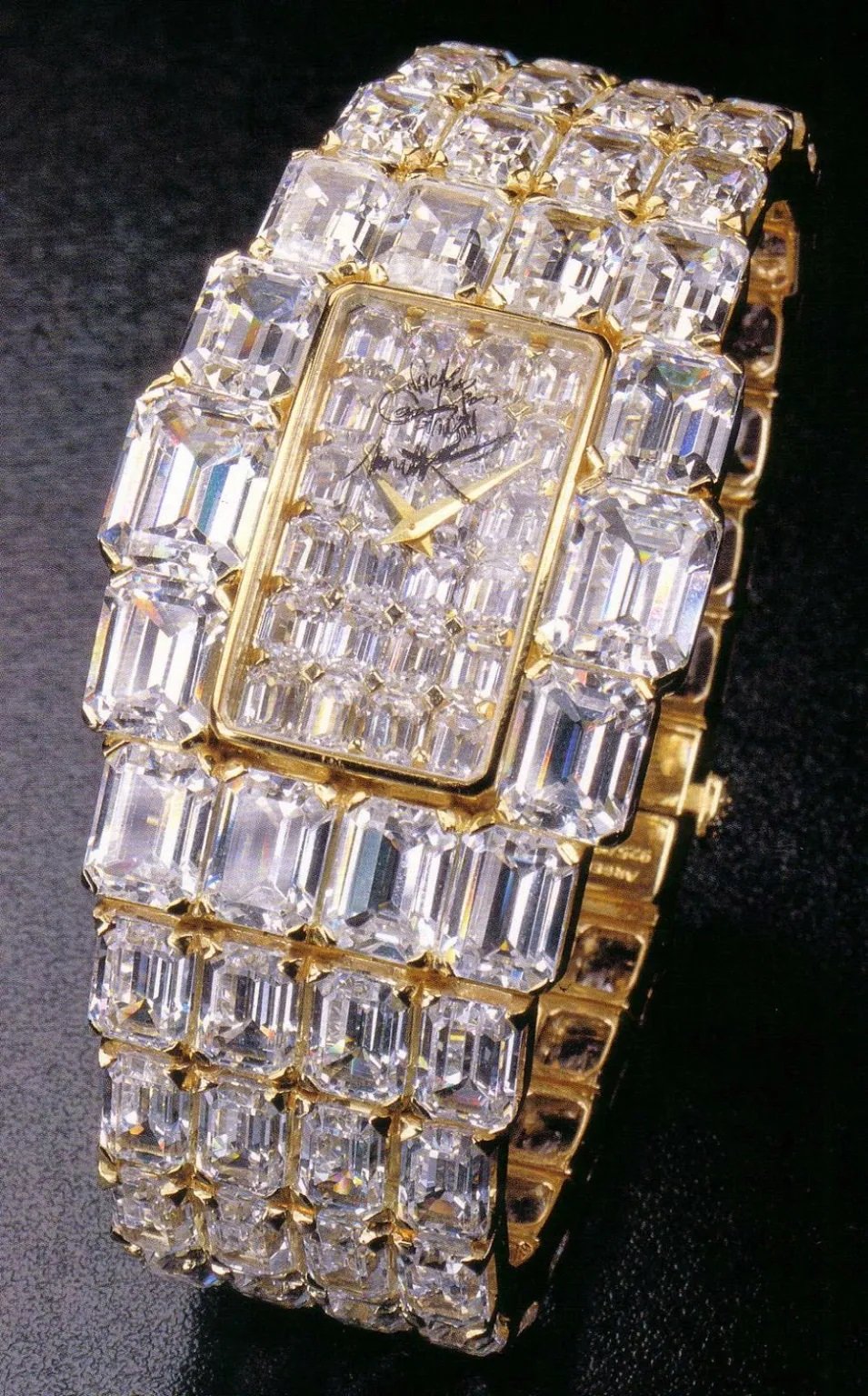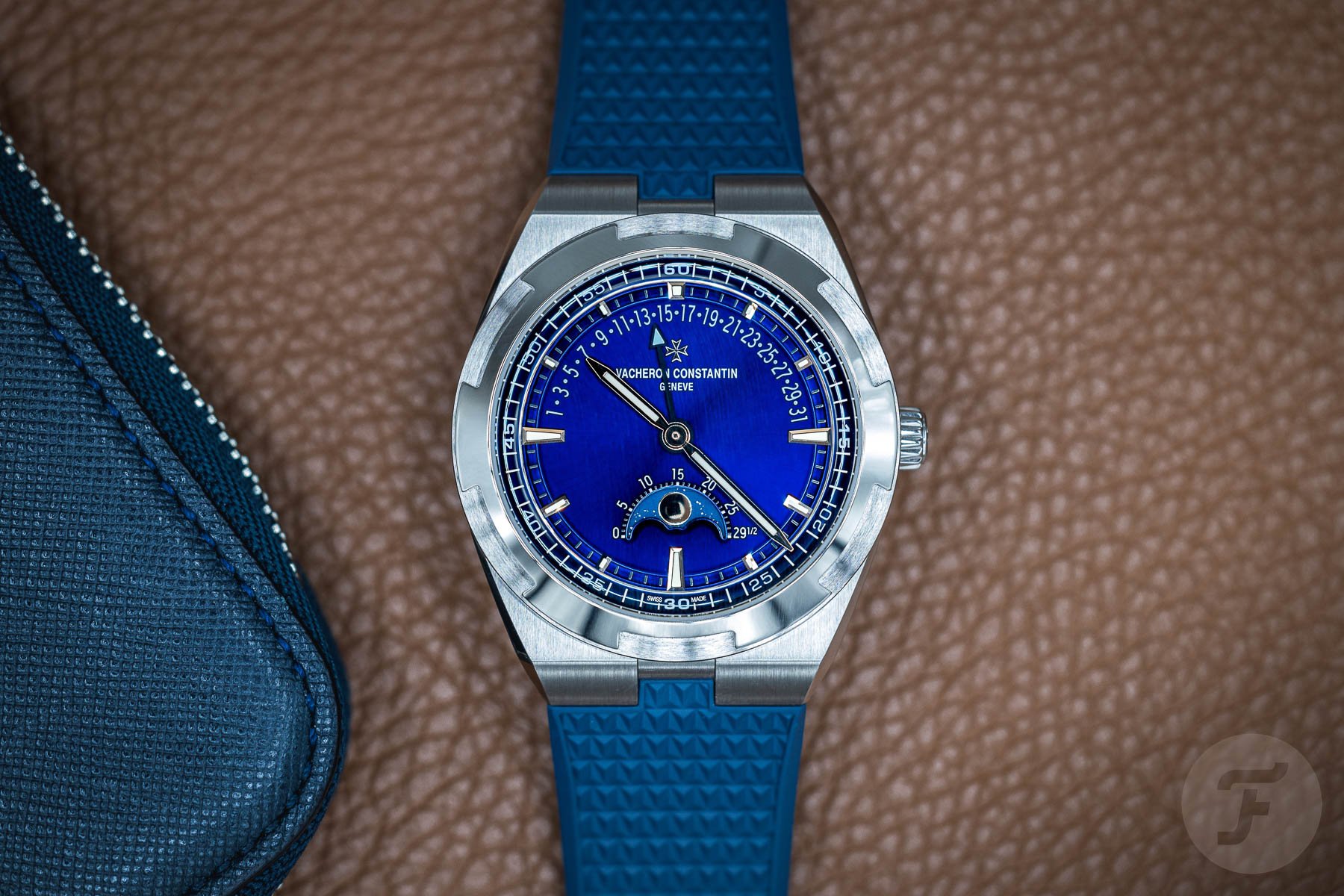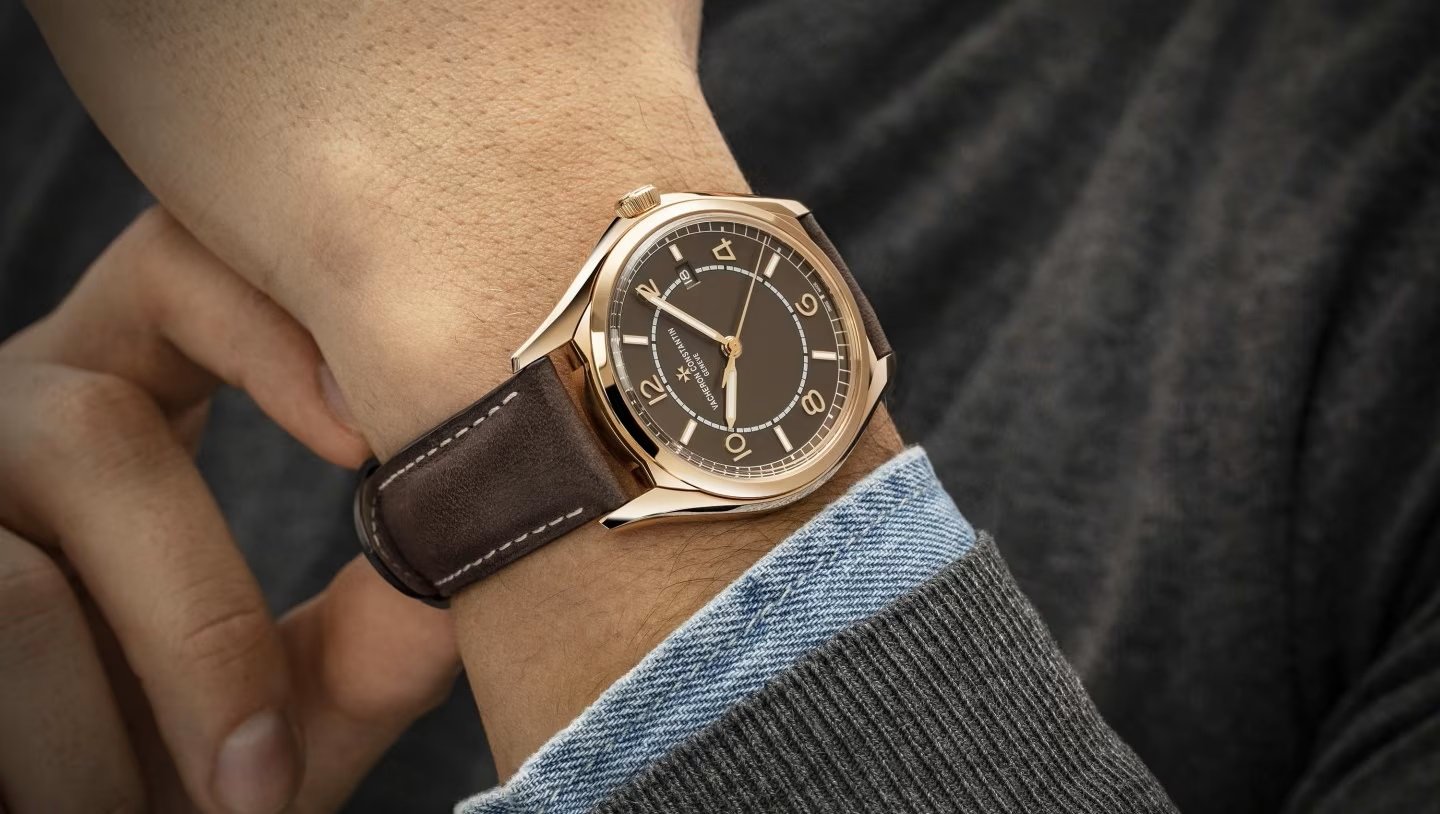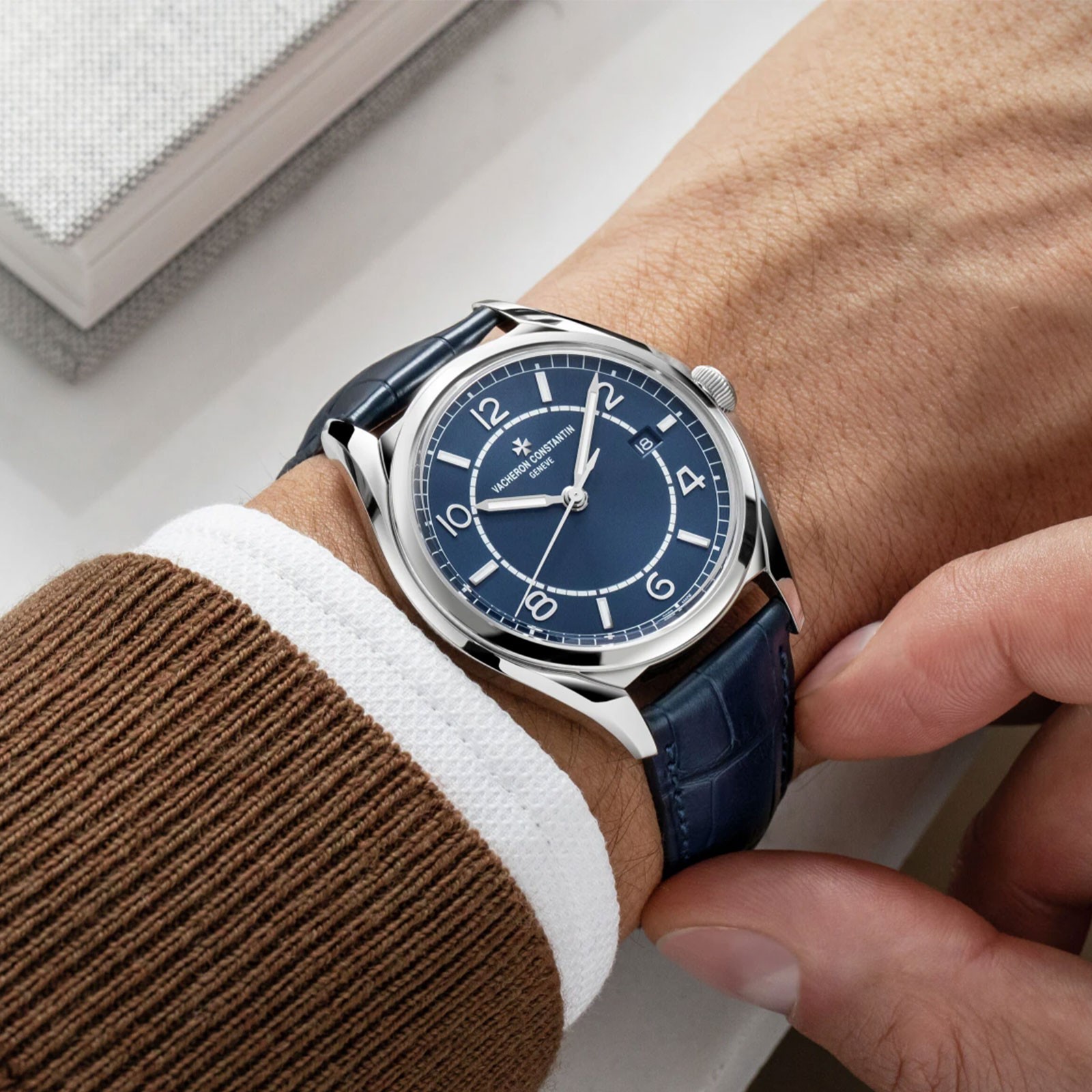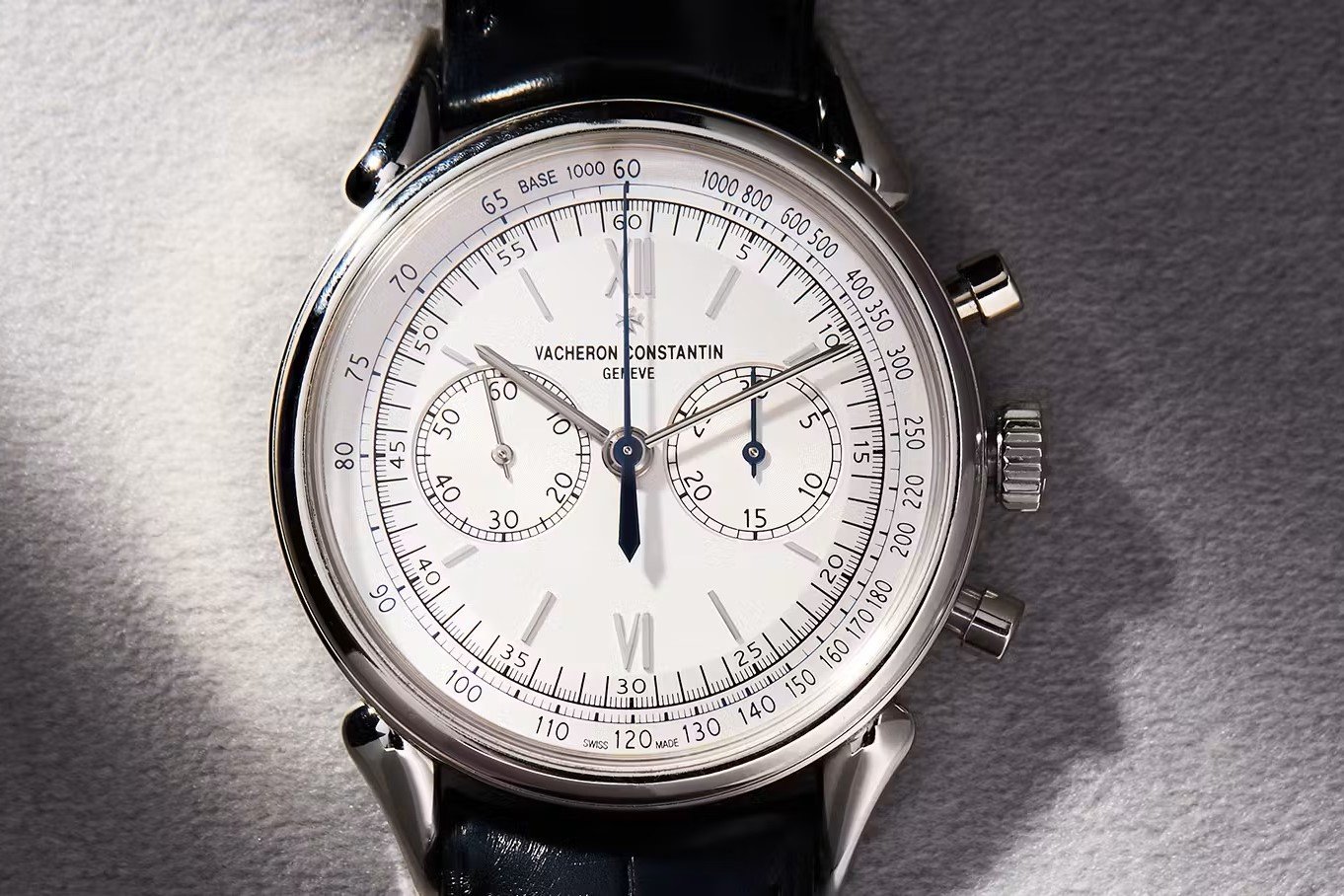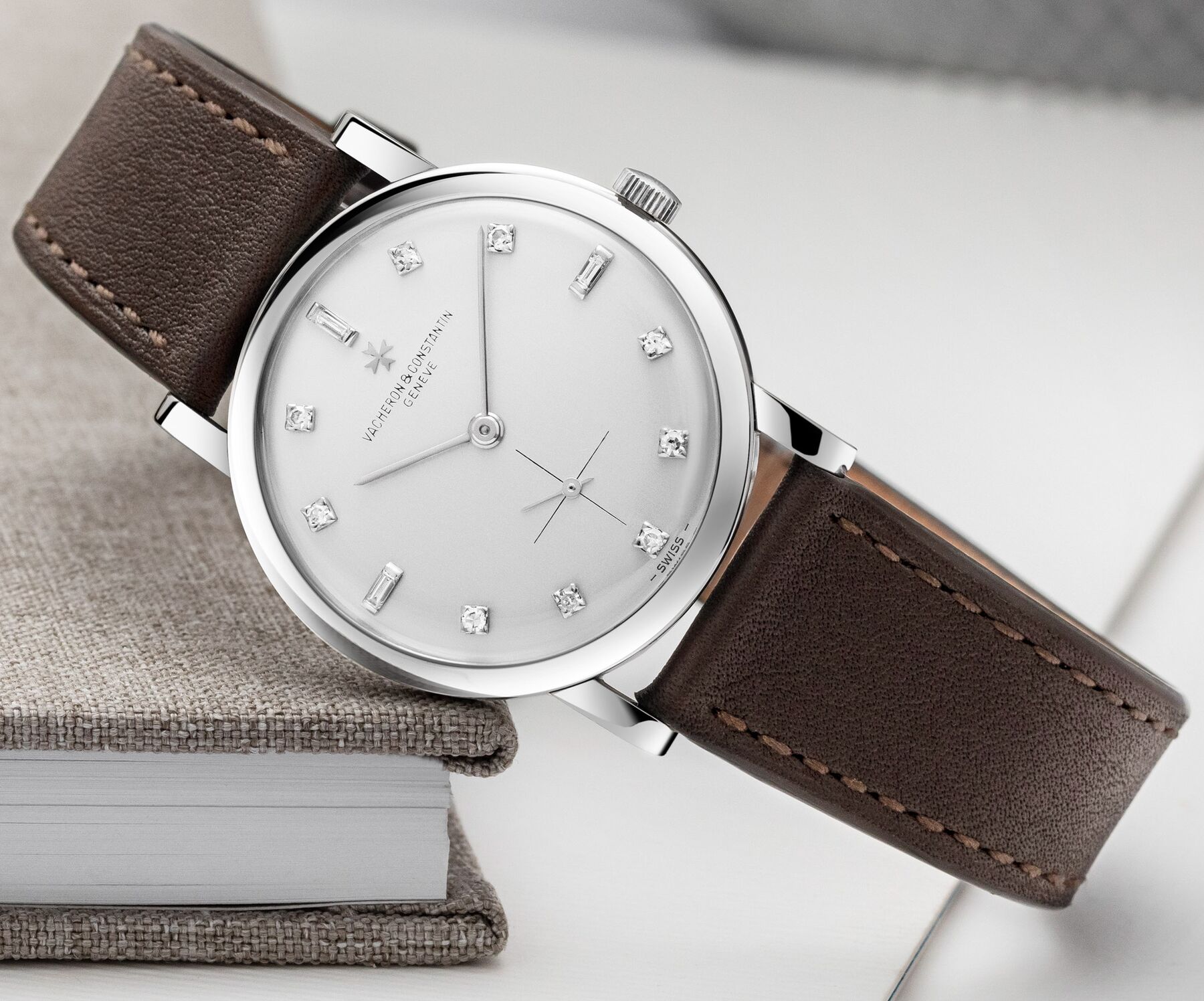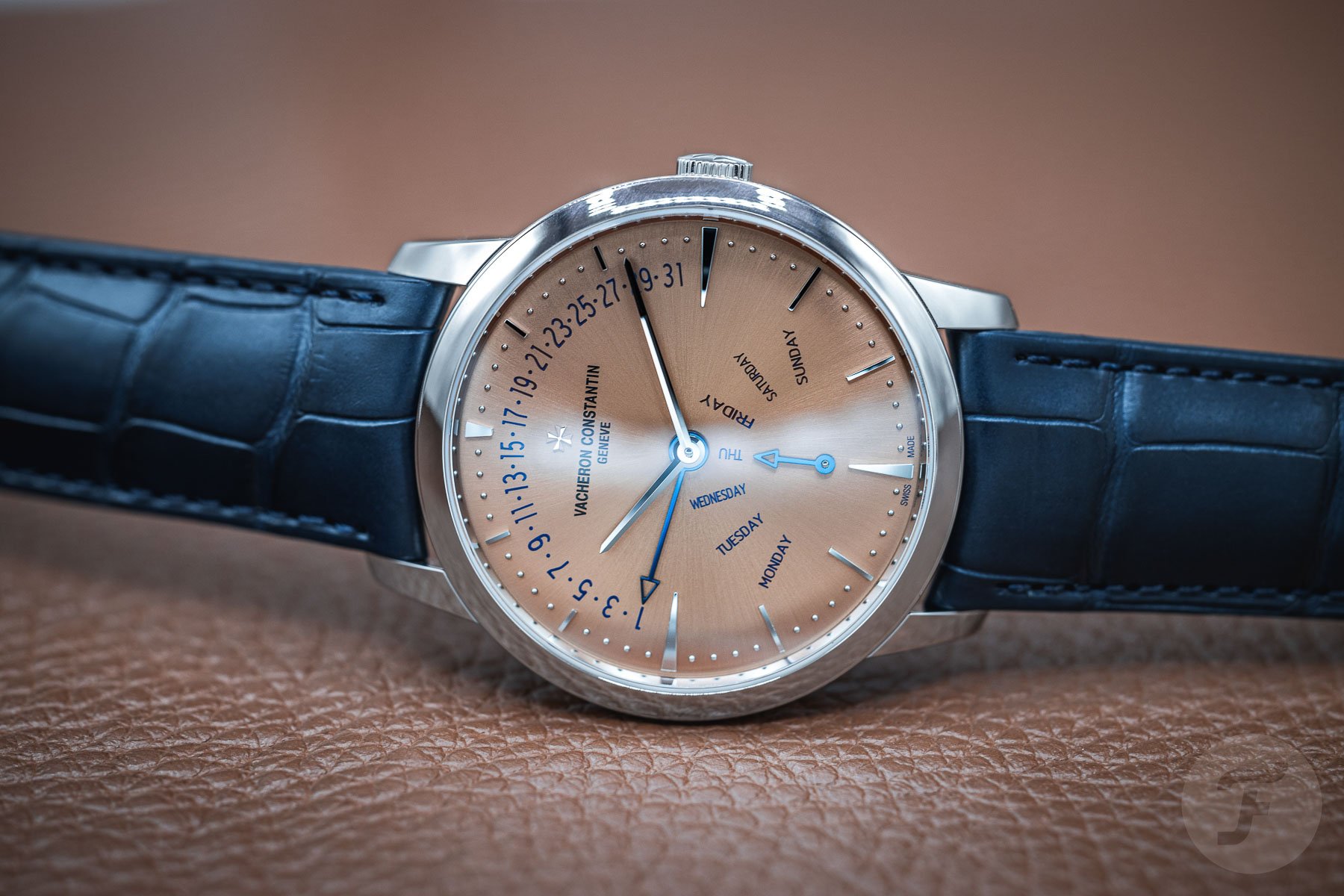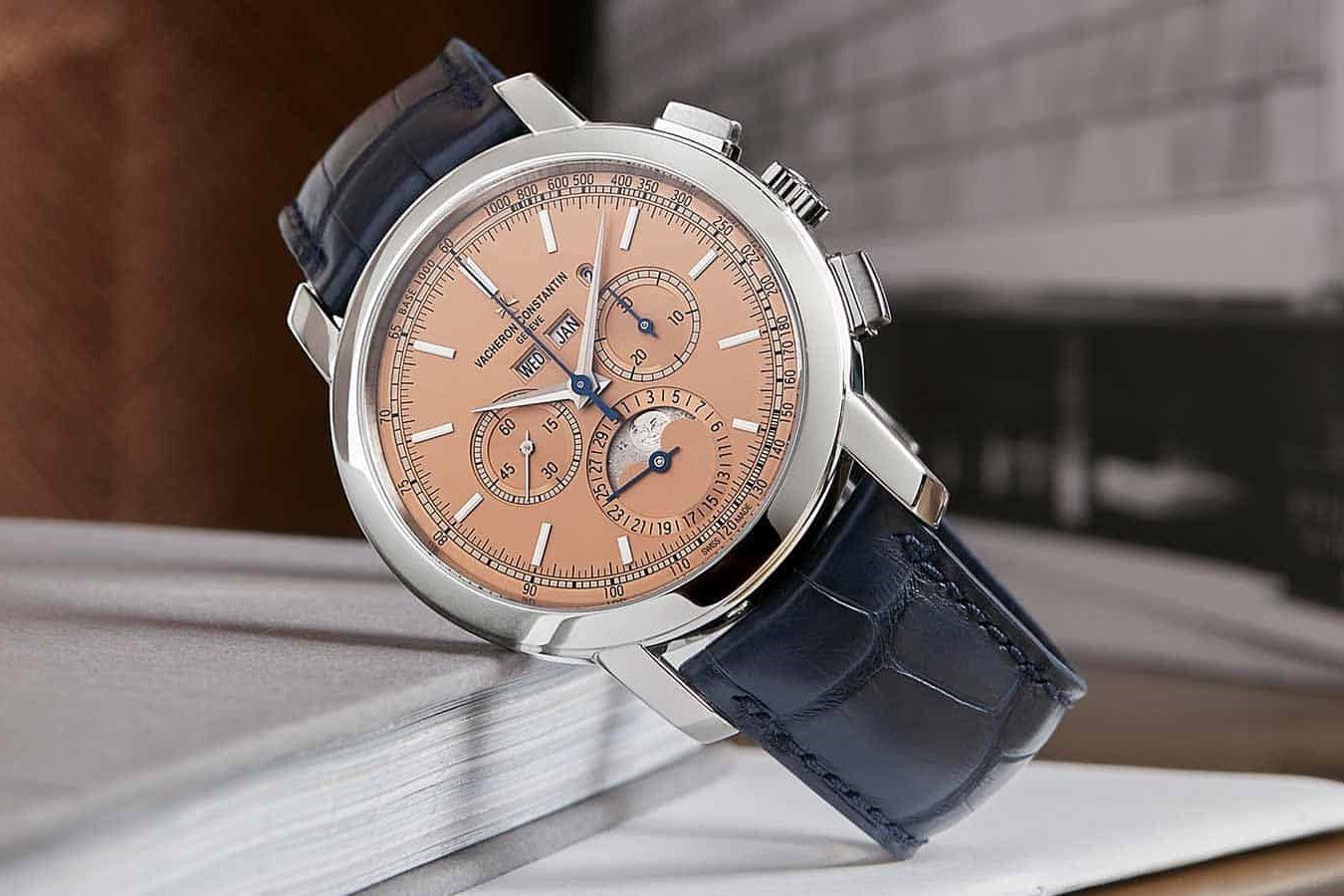Breaking Down The Brand Vacheron Constantin: A Member Of The Illustrious “Holy Trinity Of Watchmaking” With A History Dating Back To 1755
It always sparks a debate when people read about the “Holy Trinity of Watchmaking.” Maybe that is because some perceive it as an outdated concept — a secret fraternity that has lost touch with reality. Still, Vacheron Constantin is considered one of the members of this unofficial club, alongside Patek Philippe and Audemars Piguet. Once, this imaginary membership meant something. It was back in the days that Girard-Perregaux, Blancpain, and Breguet also desperately wanted to join or replace the club’s original members. But times have changed. A German competitor appeared on the scene, and so did a range of young and ambitious creators of Haute Horlogerie, such as MB&F, Greubel Forsey, and Richard Mille. So, where does Vacheron Constantin stand today? Find out in “Breaking Down The Brand Vacheron Constantin.”
Nowadays, it doesn’t seem to matter much how old you are. You are only as old as you feel, right? Well, for a long time, the motto in the world of horology was “the older, the better.” Being able to claim the title of “the oldest watchmaker in the world” was a big deal for brands. That’s why Blancpain, which was founded in 1735 by Jehan-Jacques Blancpain in Villeret, Switzerland, started stating proudly that it was the oldest brand around. Vacheron Constantin wasn’t having this. So, in 2005, VC came up with an advertising campaign that celebrated “250 years of uninterrupted history…”
The campaign was an obvious stab at Blancpain that pointed out that the company had gone under during the Quartz Crisis, only to be brought to life again several years later. Clearly, this mattered to the brands in question, and it might have mattered to the clientele at that time. Do customers nowadays still care about that, though? That’s very doubtful.
Breaking down the brand Vacheron Constantin: authenticity over age
The importance of age is an element of the concept of the mechanical watch in the AQ (After Quartz) age, when mechanical watchmaking was portrayed as a historical, noble craft performed by artisans who upheld a rich, long tradition. The older the watch brand, the higher the price of the watch, to put it in (over)simplified terms. The mechanical watch as an emotional object relied heavily on the longevity of its maker’s history. That changed with the rise of adventurous new brands who operated on the same price and complication level as the established Haute Horlogerie manufacturers. Anyway, it’s still good to know where VC came from to understand the brand today. So here’s a brief history of VC highlights.
It all started on the 17th of September, 1755, when Jean-Marc Vacheron gave his first apprentice a contract. This is the first record and proves the existence of a company. It was the founder’s grandson, Jacques Barthélémi Vacheron, who teamed up with François Constantin in 1819. This led to the creation of the company Vacheron & Constantin. The now-famous and recognizable Maltese cross became the manufacturer’s logo in 1880. No, that was not because Jacques Barthélémi read a book about the Knights of St. John, who fought the Saracens and lived for nearly four centuries on Malta with a particular cross as their symbol. Rather, the inspiration for the logo was the shape of a component of the barrel.
In 1887, the last member of the founding Vacheron family died. That death led to Vacheron & Constantin becoming a joint-stock company. And it was quite a successful one because, by 1911, its capital had doubled. On top of that, Vacheron & Constantin’s creations won numerous prizes for excellence.
The prestigious Poinçon de Genève
Emblazoned on the company’s creations was the famous Geneva Seal (Poinçon de Genève), created in 1886 to protect Geneva watchmakers and the fraudulent use of the Geneva name. Vacheron & Constantin first received the prestigious Poinçon de Genève in 1901. To receive the Geneva Seal, manufacturers need to be located in the canton of Geneva, and they need to submit their timepieces for a series of strict tests designed to test a timepiece’s quality and accuracy. The Geneva Seal is like a badge of honor. It proves that a manufacturer’s timepieces are not only aesthetically pleasing but also mechanically advanced, accurate, and superbly made and finished as well. The Poinçon de Genève, unlike the year in which a company is founded, is a concrete part of the image of a luxury watch brand.
JLC owns V&C
In 1938, Jaeger-LeCoultre, with a little help from the SAPIC holding company, bought Vacheron & Constantin. On the board of directors was Georges Ketterer who, two years later, purchased a majority of the shares in the company. By doing so, he brought an end to almost two centuries of family ownership. Ketterer steered his company safely through WWII, and under his reign, in 1943, the ref. 4293 was created. This was not just an exceptionally complicated piece with a minute repeater, triple calendar with pointer date, and moonphase display. No, the ref. 4293 also introduced design elements that defined the brand and were the starting point for many subsequent collections.
George Ketterer died in 1969, and that left his son Jacques in control. He changed the name from Vacheron & Constantin to Vacheron Constantin, and in 1977, the famous 222 debuted. This watch, designed by 23-year-old Jörg Hysek, celebrated the company’s 222nd anniversary. It followed the trend of luxury sports watches that Gérald Genta’s Audemars Piguet Royal Oak had started and his Patek Philippe Nautilus had perpetuated. Watches like these might have been a trend, but it was also a very small trend and nothing like the hype of today. The 222 was only in production for seven years, and while estimated production totals vary, A Collected Man states, “According to factory records, around 700 ‘Jumbo’ pieces and 1,000 ‘mid-size’ pieces were produced across all metals…”
A second Ketterer and a sheik
Jacques Ketterer passed away in 1987, and in that same year, Sheik Ahmed Zaki Yamani purchased Vacheron Constantin. Not only had the sheik served for 24 years as oil minister for Saudi Arabia, but he was also an avid watch lover and collector. Since Yamani was particularly fond of minute repeaters, VC introduced the ref. 1755. In 1992, the year of the watch’s release, it was the thinnest minute repeater wristwatch ever made.
After nearly a decade of ownership, Yamani sold VC to the Vendôme Luxury Group in 1996. It was in that same year that the 222-inspired Overseas collection debuted. Then, in 1999, Vendôme merged with the Richemont Group, which took ownership of Vacheron Constantin and still owns it to this day. The Overseas is still in production, and the 2022 re-edition of the 222 is the hottest VC around.
Vacheron Constantin today
Both Vacheron Constantin and Patek Philippe are Geneva-based brands that operate in the upper echelons of the market. Because of this and the fact that they’re both “Holy Trinity” members, the brands are often compared. VC is 84 years older, but its four-generation head start in watchmaking expertise has not put it ahead of its Haute Horlogerie rival. When it comes to brand prestige and recognition, VC is behind Patek. To some, however, the fact that a VC is not a Patek, more of a watch connoisseur’s watch than a Patek, is part of the appeal. When it comes to resale value, VC watches do rather well. Nevertheless, the watches made in the same canton that bear a Calatrava cross instead of a Maltese one will usually fetch higher percentages relative to their original prices.
Famous Vacheron Constantin wearers
A brand’s clientele often plays a large role in building the brand’s image. Think of wealthy people having watch manufacturers build them crazy-complicated, expensive, and unique watches. Vacheron Constantin’s history also boasts patrons like these. Napoleon Bonaparte, Pope Pius XI, the Duke of Windsor, American President Harry Truman, and a string of Arab sheiks wore VC creations.
And let’s not forget King Fuad I of Egypt. In 1929, he was gifted something very special, the Grande Complication pocket watch ref. 402833. Presented to him after three hard years of work at the Geneva manufacture, it displayed the king’s coat of arms in traditional Geneva enamel on the case back and featured a carillon minute repeater with grande and petite sonnerie, three gongs and hammers, a split-second chronograph with a 30-minute totalizer, a perpetual calendar, and moonphase/age indicators . The watch was a lavish present from the Swiss expatriate community, and in 2005, auction house Antiquorum sold the pocket watch for CHF 3,306,250.
The icon in the collection
Is King Fuad I’s pocket watch the jewel in the VC crown? It might well be, but it’s less known than the pocket watches that Patek Philippe created for Henry Graves Jr. and James Ward Packard, the latter of whom also owned a VC minute repeater pocket watch. Rivaling the Egyptian King’s watch as the most iconic VC creation are two watches — the aforementioned 222 and the Kallista. Since the 222 is, in essence, a jump-on-the-bandwagon watch, let’s take a closer look at the one-of-a-kind Kallista instead.
The Kallista, which was designed by French artist Raymond Moretti, debuted in all its incredible, shiny glory in 1979, two years after the 222. The watch, which is carved out of a 1kg gold ingot, displays 118 emerald-cut diamonds, totaling 130 carats, adorning the case and bracelet. It took over 6,000 hours to build and 20 months for the jewelry department to set the precious stones. The watch’s original value was US$5 million, and it was the most expensive watch ever made at the time. In 2016, the Kallista was reappraised, that time at US$11 million. Vacheron Constantin carefully keeps the current owner of the Kallista a secret. Rumor has it that Sheik Yamani, the former owner of the brand, had it in his possession at a certain point.
Being a unique piece, however, rules out the Kallista as a current icon. What about the Overseas? The relatively young collection debuted in 1996, taking inspiration from the 222. In 2004, the Overseas got an updated design and then got another in 2016. No matter the model, the Overseas has always been in the shadow of the Royal Oak and the Nautilus, and its current popularity is largely due to it being an alternative to those two watches.
Enter the “entry-level” Fiftysix
There’s one collection that needs mentioning, although the label “iconic” is certainly not going on it. In 2018, the world of watches wasn’t like it is today. VC wasn’t selling large quantities of Overseas watches because the hype-driven demand for luxury sports watches with integrated bracelets was not a thing back then. The traditional collection wasn’t putting pressure on Patek or Lange. Something had to be done.
VC did something by launching the Fiftysix collection, an entry-level range aimed at a new target audience but also at the existing clientele that had dozed off a bit. The collection marked the end of, let’s say, a rather dormant period for the brand in which it seemed to move in mysterious ways. Vacheron Constantin had an image of an old-fashioned, secretive brand because marketing was on the back burner and the novelties that appeared didn’t stop the presses. The watches in the Fiftysix collection were going to change all that radically.
The presentation during the 2018 SIHH exhibition was tasteful. The displays were just as retro as the watches themselves. With a sector dial, Arabic numerals and baton indexes, box crystal, and a recessed crown, the Fiftysix is very 1950s, and it pays homage to the VC ref. 6073 from that era. The Fiftysix Self-Winding models are the simplest and most affordable in the brand’s current catalog, but with a pre-tax price of US$25,500 for the gold three-hand model and US$12,700 for the steel version, they are hardly entry-level watches.
The Fiftysix faux pas
The collection tapped into the retro trend that was already in full swing, but the ambitious pricing caused quite a few furrowed brows. That was also because the coveted Poinçon de Genève was absent. Why? That’s because the watch didn’t meet the necessary standards. Inside the Fiftysix Self-Winding beats the caliber 1326, a 26.2 × 4.3mm movement with a pink gold rotor, 4Hz frequency, and 48-hour power reserve. When the Fiftysix was introduced, it soon became apparent that the caliber was not made in the canton of Geneva. Instead, it came from Richemont Group’s Manufacture Horlogère ValFleurier.
Caliber 1326, a movement based on the Cartier 1904 architecture, is only finished, assembled, and regulated in VC’s Geneva manufacture. And even disregarding the price-versus-product debate, the initial confusion about the origins of the movement didn’t do much good for VC’s image. In a market where transparency is just as important as authenticity and sustainability, a lack of clarity is a damaging factor to a brand’s identity and people’s perception of it.
The future is in the past
Pointing out one model in the current Vacheron Constantin catalog that defines the brand as it is today is almost impossible. Maybe it’s in the Historiques collection, in which we find the best possible candidates for the title of “Most Iconic Vacheron Constantin Watch Of Today.” The Historiques line offers contemporary reinterpretations of watches from the brand’s heritage. The Historiques American 1921 is a strong contender, but its rotated dial, however striking, is not unique. Maybe the 38.5mm Historiques Cornes de Vache 1955 is the strongest contender for the title. This chronograph, which is available in both pink gold and steel, pays tribute to the ref. 6087 and its assertively shaped “cow horn” lugs. Everybody with some insight into the history of high-level watchmaking identifies the cow-horn-shaped lugs as typically Vasjron — that’s how you pronounce the brand correctly and lovingly.
The hype around the 222 showed that VC’s future is in the past. But the brand already realized that when, in 2017, it started Les Collectionneurs. This is a collection sourced by brand-employed experts in vintage timepieces. The watches under the Les Collectioneurs banner are a link between the past and present, and they bring the brand and collectors together at special events. These events not only cater to the needs of seasoned collectors but also try to attract a new group of young watch fans. According to VC’s Style and Heritage Director Christian Selmoni, these vintage watches nurture the creativity of designers. The watches of the past are not to be copied. However, their dials, indexes, hands, and other components could be interesting sources of inspiration for the future.
Final thoughts on Vacheron Constantin
The existence of a “Holy Trinity of Watchmaking” seems to be a meaningless idea today. Vacheron Constantin can’t wear a “halo” and be above everything and everyone. In 2024, institutions are under scrutiny, everything is subject to questioning, and authenticity and transparency are more important than ever. Even with the halo surrounding the Maltese cross, Vacheron Constantin also had to deal with the fact that it was once owned by a non-Swiss, Saudi sheik. Some would argue that foreign ownership hurt the overall image and perception of Vacheron Constantin. They may say the same about Breguet which was once in the hands of the Bahraini company Investcorp.
In this light it’s good to point out that as of 2023, Compagnie Financière Rupert, a Swiss company is the only significant shareholder of Richemont. And that company is owned by South African billionaire businessman Johann Rupert. Maybe the fact that both Patek Philippe and Audemars Piguet have remained their independence throughout history and all of its historical rivals have not, is of bigger importance and impact than the nationalities of its owners.
Then again, the ideas of a trinity and the detriments of non-Swiss ownership may be as old-fashioned as believing that having 269 years of non-stop watchmaking under your belt will automatically sell watches. Watch buyers today demand a balance between product, price, and story. The product has to be excellent, the price realistic, and the story authentic.
A prestigious mix, no more tricks
Because retro still rules, VC has everything it takes to become more prominent as a brand. Just look at the watches from, for instance, the glorious 1950s. One of the brand’s more recent highlights was the release of limited-edition platinum watches. These super-high-priced pieces, such as the 43mm Traditionelle Perpetual Calendar Chronograph (5000T/000P-B975) in platinum with a salmon dial, are interesting for a growing group of super-affluent watch buyers/collectors. The mix of prestigious platinum and premium, limited-edition watches with vintage-inspired designs might well uplift the brand’s image. What Vacheron Constantin definitely shouldn’t do, however, is release another collection like the Fiftysix. That’s a trick that would possibly prove to be a salto mortale.
For more info on Vacheron Constantin, please visit the brand’s official website.

